How to Remove Moisture Stains From Walls

It’s not uncommon to find moisture stains at home, especially if you live in a country or region that is very humid. Stains on ceilings and walls appear for various reasons, and they could be dangerous if not treated properly. This isn’t just about a few pieces of furniture ruined by mold or having to change wiring at home — your health could also be at risk.
5-Minute Crafts has put together some ideas to help you get rid of humidity stains at home along with tips on how to prevent them while living in a very humid environment. All of these methods require products that you likely already have at home.
1. Sea salt
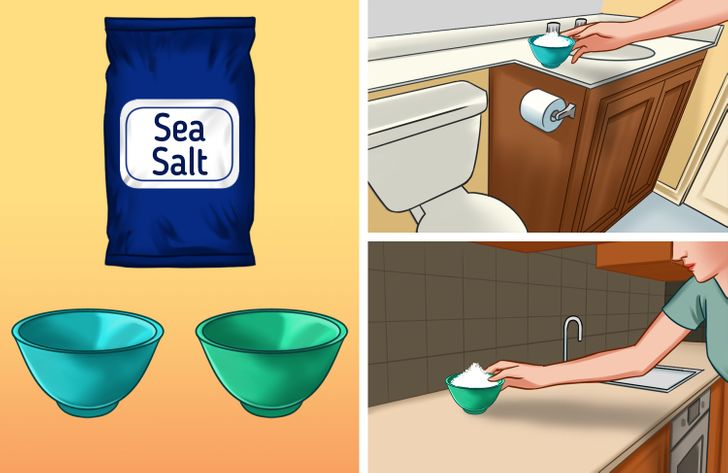
- Rather than removing stains, what sea salt does is absorb moisture from the environment and the surfaces it gets in touch with. That, and its price, makes it the ideal candidate to prevent moisture from creeping in and creating wall stains.
- Choose a number of wide containers and fill each one of them with sea salt.
- Place them in the rooms or parts of your house where you see the most moisture condensing. Kitchens and bathrooms are common places for that to happen, but not the only ones.
2. Talc
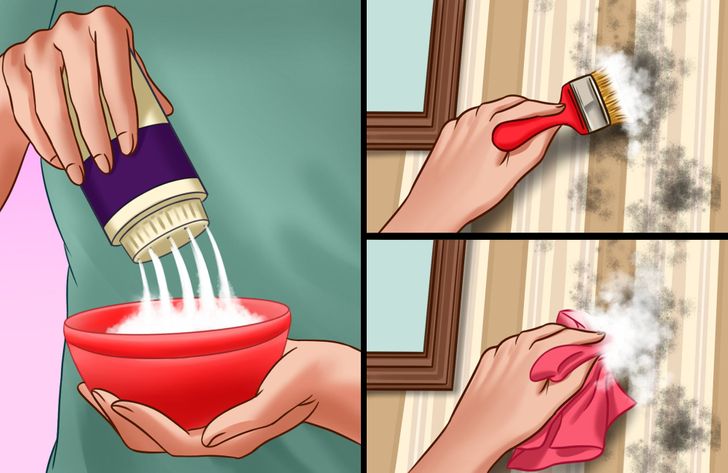
- Pour a large amount of talcum powder into a plastic container.
- Sprinkle it on the moisture stains using a clean, dry brush. The talc works like a sort of blotter. It will help you remove excess moisture from the walls.
- To make sure the product really penetrates the stains, rub it against the stained parts of the wall using a dry cloth. Then let it sit for a while so talcum powder can settle.
- Repeat as needed or until the moisture is gone.
3. Baking soda
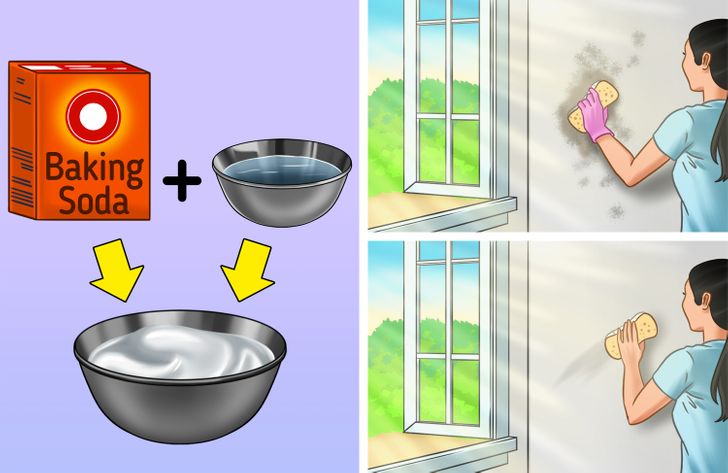
- Dilute a portion of baking soda in a bowl of water. Stir until you get a thick, consistent paste that is easy to spread.
- Spread the mixture on the stained wall using a sponge.
- It’s better to do this on a sunny day so that you can open doors and windows while doing it. If you choose to do this during a rainy day or in a closed environment, the paste will take longer to dry and might be less effective.
- Wait for it to dry and rinse with a clean sponge and fresh water.
4. White vinegar
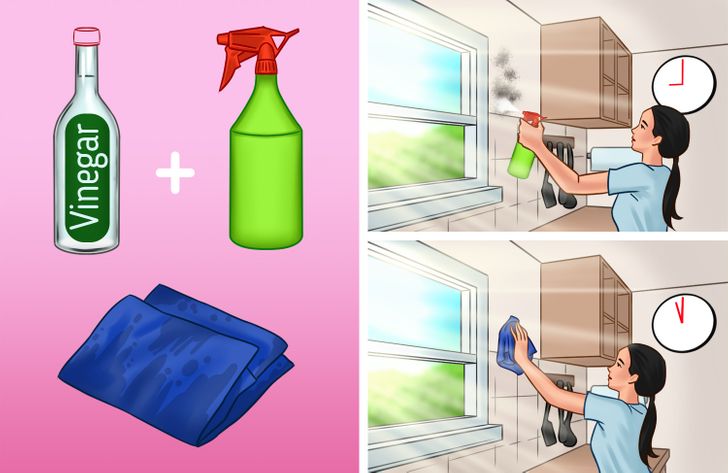
- Place a significant amount of white vinegar in a spray bottle and spray it on the moisture stains.
- Let one or 2 hours go by, just enough time for the acids in the vinegar to really penetrate the stained surfaces.
- Remove the remains of the product using a clean and damp microfiber cloth.
- To obtain better results, don’t dilute the vinegar with water. Apply it straight out of the bottle.
5. Dish detergent
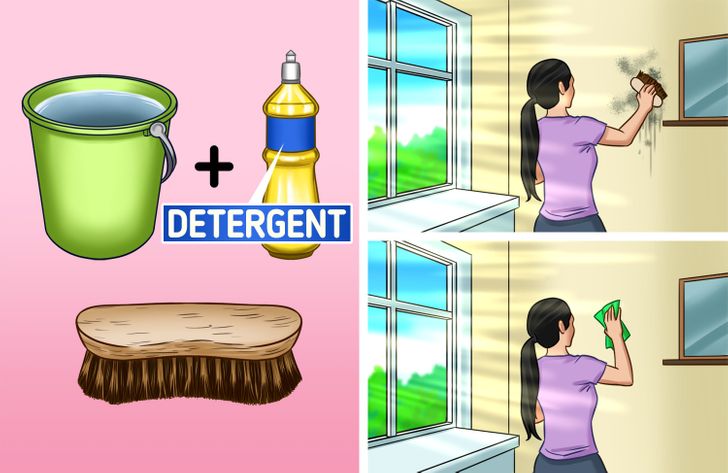
- Pour warm water into a container and add dish detergent.
- Moisten the entire stained surface using a soft bristle brush and scrub well.
- Dry with a clean cloth. You can repeat these steps until there are no more traces of moisture and the stains are gone.
6. Bleach
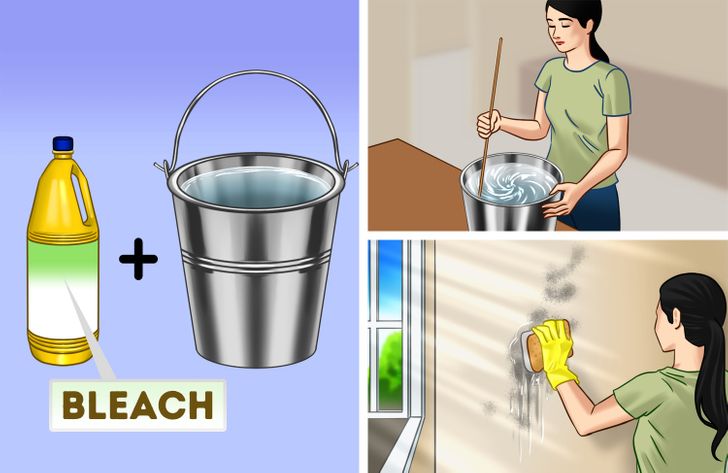
- Pour water into a large bowl and then pour a squirt of bleach into it.
- Stir the mixture using a wooden spoon or any other utensil that you were planning on discarding anyway.
- Soak a soft sponge in the mixture and scrub the area that has mold or that is stained vigorously.
7. Tea tree oil
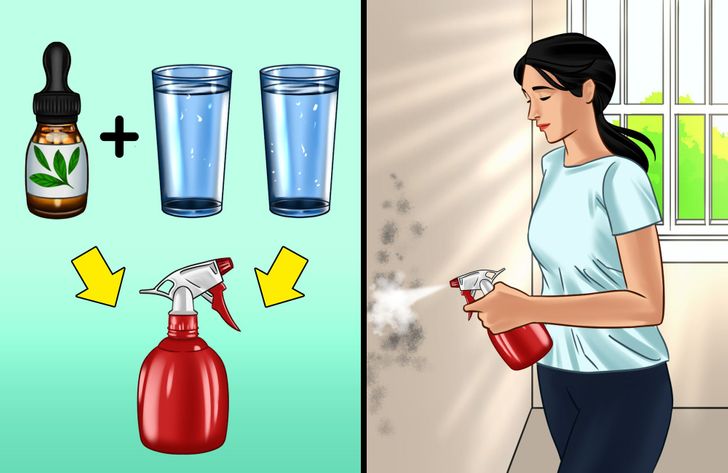
- Tea tree oil is a good option to use when humidity or fungus have not yet penetrated the wall or when they can barely be noticed.
- Mix 2 tablespoons of tree tea oil with 2 small cups of water.
- Pour the mixture into a spray bottle and spray it over the stains. Wait for it to act and then remove the excess moisture.
8. Hydrogen peroxide
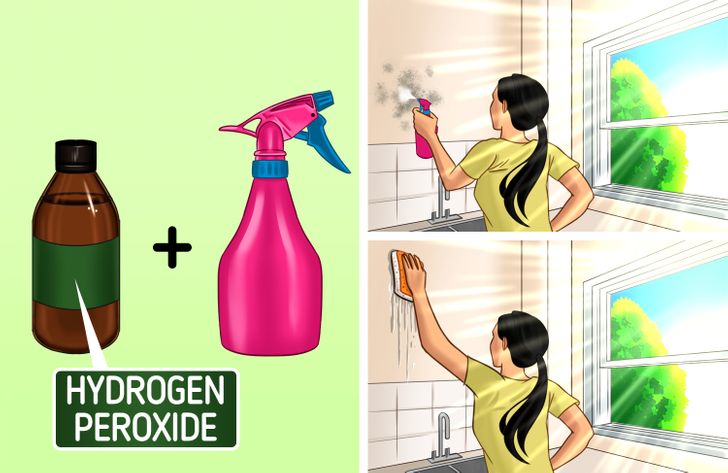
- Choose hydrogen peroxide with 1% to 3% concentration and pour it into a spray bottle.
- Spray it directly on the mold stains and let it act for a few minutes.
- Use a sponge to clean the walls and do it from bottom to top. That way, the drops will always fall on areas that are already wet and not on parts that you’ve already treated.
Some tips to get rid of humidity in your home
1. Avoid having too many plants at home.
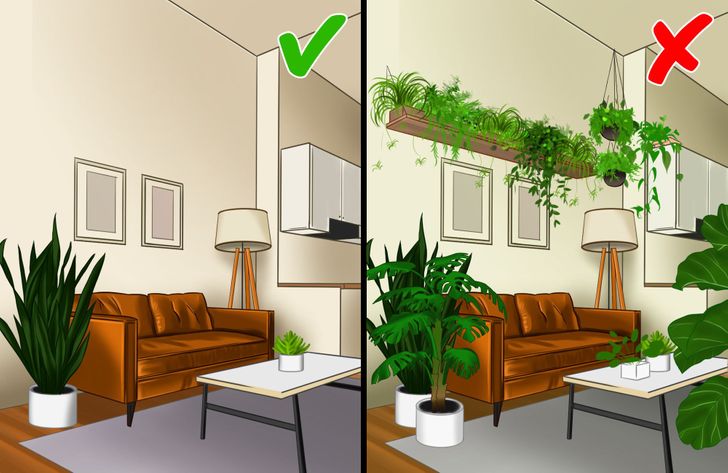
It is not convenient to have too many plants in an interior space, especially if you live in an already humid house. They have a tendency to humidify the environment even more.
2. Try to have a proper kitchen hood on when you are cooking.
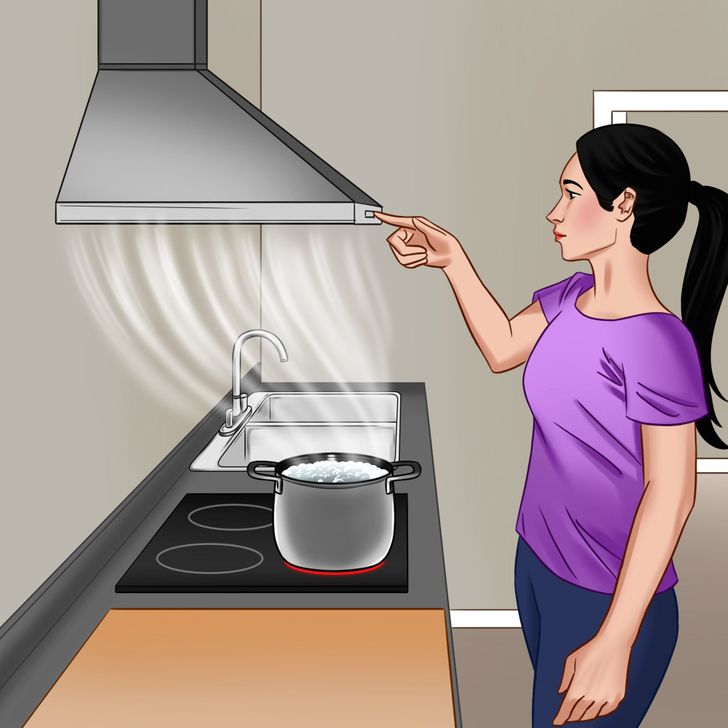
Turning on the hood while cooking prevents humidity from accumulating in the kitchen and your house in general. That is why it is advisable to have one of these in the kitchen and turn it on especially when boiling big quantities of water, like for pasta for example. The same goes for when you stir fry vegetables in a skillet or when you steam food. The hood (or extractor), besides helping to remove any bad smells, can make condensed smoke disappear.
3. Make sure there’s good ventilation in all rooms.

Having the windows of your house open will allow the air to circulate and prevent moisture from the shower, the kitchen, wet clothes, and pretty much anything that generates moisture from condensing in the air. When you open the windows of any room, you’re basically creating a natural ventilation system and thus the particles of water or steam that were floating in the air can now move and escape. It’s important to do this for about 15 minutes every day.
4. Dry your freshly washed clothes outdoors instead of indoors.

After washing your clothes, it’s better if you can hang them on a line outdoors. If you do this indoors, in an already humid house, the humidity of the laundry will only make things worse and you could get mold or even dust mites at home.
5. Keep an eye on your thermostat when using heating systems.
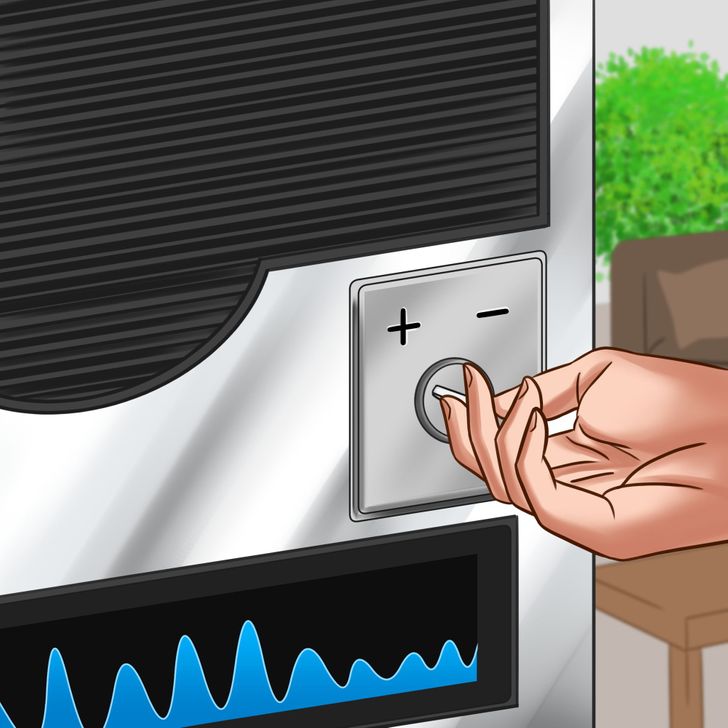
Keeping an eye on your thermostat, especially during the winter, is important. Normally, the ideal temperature to aim for during the day is around 21ºC and 15-17ºC at night. While you might think that high heat is better, it actually only increases energy consumption and pushes your heating costs higher.